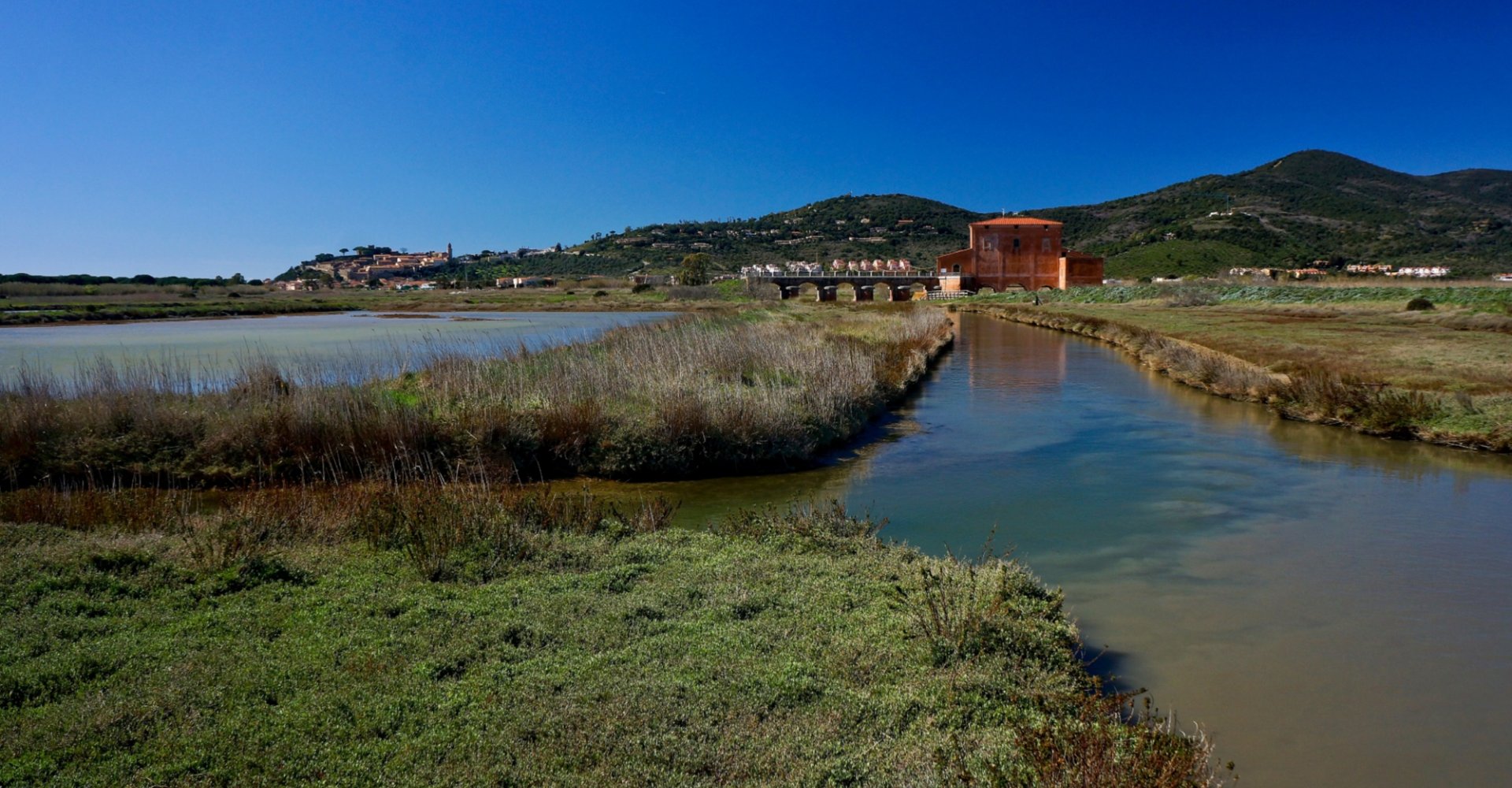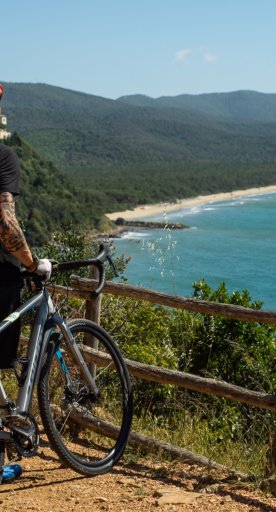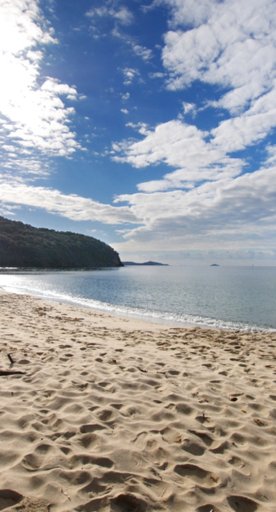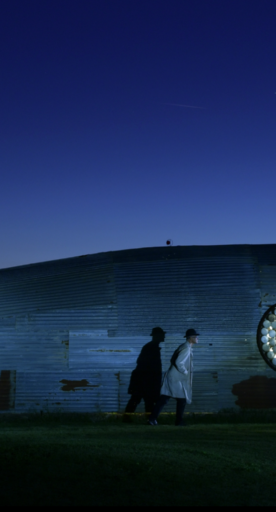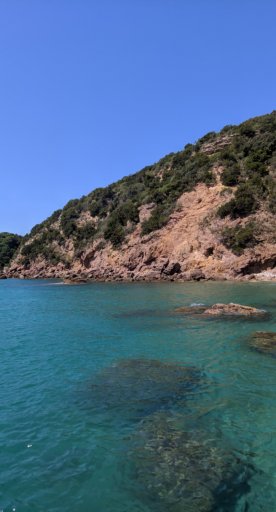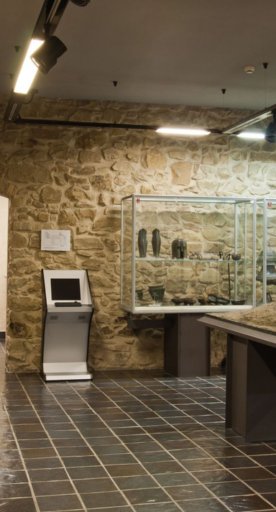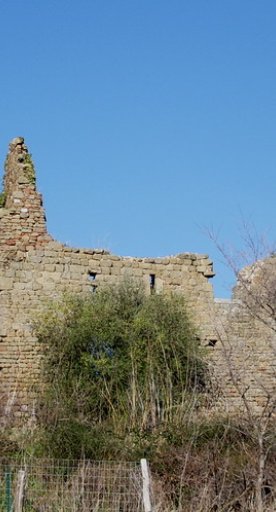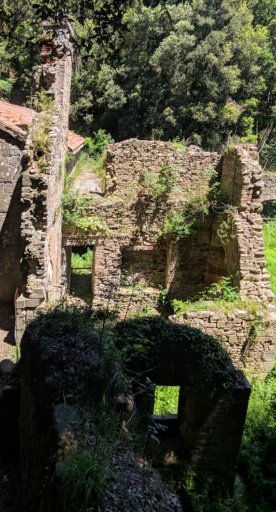Diaccia Botrona Nature Reserve
The marsh just before the pine grove in Castiglione della Pescaia extends all the way to Grosseto
The Diaccia Botrona Nature Reserve extends for over 1,000 hectares and is considered the most important wetland in Italy: it is all that remains of the ancient Lake Prile, which was 50 square kilometres and which dried out in the 19th century. At its current size, the marsh is about 700 hectares, located just before the pine grove in Castiglione della Pescaia and stretching across the plain that connects the seaside to Grosseto.
The Diaccia Botrona contains a rare and important ecosystem, which comprises an incredible variety of microorganisms of both the plant and animal kind. It’s a “gene bank” in the truest form, contributing immensely to maintaining the area’s biodiversity.
Here, visitors can find lake plants, like reeds, juncus and sedges, as well as about 15 species of orchid, some of which are particularly interesting for their beauty and rarity. There are also some fragments of a vast forest that once covered most of the Maremma plain, made up of ash, elm and tamarisk trees.
The Diaccia Botrona is a paradise for birdwatchers, with over 200 known species of birds that pass through over the course of the year, 80 of which are nesters. Amongst the most important, there are the western marsh harrier, hen harrier, great egret, osprey, kite, European honey buzzard, slender-billed curlew, little egret, squacco heron, black-tailed godwit, purple heron, Eurasian bittern, European roller and the great spotted cuckoo.
The symbol of this area is the Casa Rossa Ximenes, an evocative building designed by the Jesuit engineer Leonardo Ximenes in 1767-68,which is also the symbol of a reclamation project for the Maremma.
